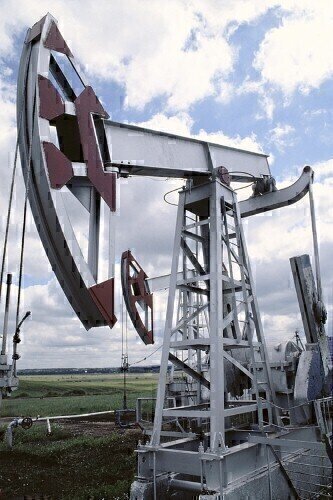-
 Oil estimates have been reduced by 98%
Oil estimates have been reduced by 98%
Fuel for Thought
Monterey shale reserves estimate cut by 96%
May 22 2014
The estimated amount of recoverable oil buried in California's Monterey Shale deposits has been significantly reduced, which has had a knock-on effect on its perception as a potential goldmine of petroleum.
Following analysis by federal energy authorities, it has been estimated that just 600 million barrels of oil can be extracted through the use of existing technology, which is 96 per cent lower than the 13.7 billion barrels that was once thought to be recoverable.
According to the the US Energy Information Administration, extracting the shale from the many layers of subterranean rock, which spreads across much of Central California, would be too great an engineering feat to be feasible using currently available technology.
The news not only dampens hopes of a long-term boost to the country's shale reserves, but is also a blow to job creation, as the projected oil boom was set to bring almost three million new jobs to the state and increase tax revenue to the tune of $24.6 billion a year.
John Staub, a petroleum exploration and production analyst who led the energy agency's research, said the information compiled so far shows little evidence that oil extraction in the area is very productive using techniques such as fracking.
"Our oil production estimates, combined with a dearth of knowledge about geological differences among the oil fields, led to erroneous predictions and estimates," he expanded.
Mr Staub went on to describe the Monterey formation as "stagnant" compared with oil production from the Bakken Shale in North Dakota and the Eagle Ford Shale in Texas, and said the potential for recovering the oil will only rise if new technology is developed to simplify the increasingly complex nature of shale extraction.
In spite of the findings, an oil industry spokesman said he remains confident that new techniques will enable the Monterey formation to be harvested, with production rates changing "dramatically" as a result.
Digital Edition
PIN 25.1 Feb/March
March 2024
In This Edition Safety - The technology behind the ION Science Tiger XT - Safety with ammonia and LOHCs as hydrogen carriers Analytical Instrumentation - Discussion on new tribology te...
View all digital editions
Events
Apr 30 2024 Birmingham, UK
May 03 2024 Seoul, South Korea
May 05 2024 Seville, Spain
May 06 2024 Riyadh, Saudi Arabia
May 06 2024 Houston, Tx, USA

















